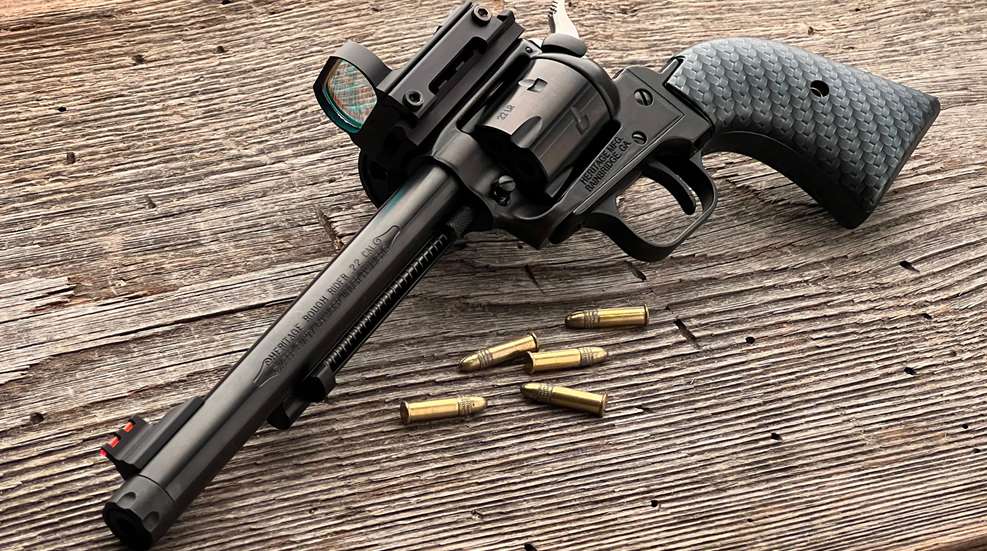The future of concealed carry pistols is a topic of considerable interest and speculation among enthusiasts, industry professionals, and those concerned with personal security and self-defense. As we look towards the horizon, several trends and technological advancements are poised to shape the development, functionality, and usage of concealed carry firearms. Here we discuss these trends, focusing on technological innovations, legislative and societal changes, and the evolving requirements of users.
Technological Innovations
The continuous advancement in materials science and engineering is leading to the creation of lighter, more durable firearms that are easier to conceal and carry. For instance, the use of polymers and advanced metals can significantly reduce the weight of a pistol without compromising its structural integrity or performance. Furthermore, smart gun technology, which includes features like fingerprint recognition and electronic locking mechanisms, is expected to become more prevalent. These features aim to enhance safety by preventing unauthorized use, a critical concern for concealed carry pistols.
Microstamping technology, which imprints a unique code on cartridge casings when a gun is fired, is another innovation that could see wider implementation. While its primary purpose is to aid law enforcement in solving gun-related crimes, it also impacts the concealed carry market by introducing new considerations for manufacturers and owners regarding accountability and traceability.
Legislative and Societal Changes
Legislation and public opinion significantly influence the concealed carry landscape. In some regions, laws are becoming more permissive, allowing more individuals to carry concealed weapons for self-defense. Conversely, other areas are tightening regulations, citing concerns over public safety and gun violence. Future developments in concealed carry pistols will need to navigate these varying legal frameworks, potentially leading to market segmentation where manufacturers tailor products to meet the specific legal requirements of different jurisdictions.
Public perception and societal attitudes towards gun ownership and concealed carry also play a crucial role. As debates around gun control continue, manufacturers and advocates may focus more on education and training programs to promote responsible ownership and usage of concealed carry pistols. This shift could lead to a greater emphasis on integrated training solutions, such as smart guns with built-in training modes or augmented reality (AR) systems for safe, realistic practice.
Evolving User Requirements
As the demographic of concealed carry permit holders diversifies, the industry is responding to a broader range of user needs and preferences. Women, in particular, are a growing segment of the concealed carry market, driving demand for compact, lightweight pistols that are easy to conceal in a variety of clothing styles and for accessories like holsters designed for different body types and carry positions.
Additionally, there’s a growing expectation for customizable firearms. Modular designs that allow users to easily swap out components like grips, triggers, and barrels to suit their individual preferences and needs are becoming more popular. This customization extends to the aesthetic aspects of pistols, with manufacturers offering more options for colors and finishes to appeal to a wider audience. In this context, classic models such as the Heritage Rough Rider 22 exemplify the blend of tradition and modernity, offering shooters a timeless design with the potential for customization and ease of carry.
Conclusion
The future of concealed carry pistols is characterized by a blend of technological innovation, adaptability to legislative and societal shifts, and responsiveness to the evolving needs of a diverse user base. While advancements in materials, smart technologies, and personalization offer exciting possibilities for enhanced performance, safety, and user satisfaction, the industry must also navigate complex regulatory and ethical landscapes.
As concealed carry continues to be a significant aspect of personal security and self-defense for many, the industry’s ability to innovate while promoting responsible ownership and usage will be crucial. By focusing on safety, education, and inclusivity, manufacturers and advocates can ensure that the future of concealed carry pistols remains bright, securing its place in the lives of those who choose to carry for protection in an ever-changing world.

